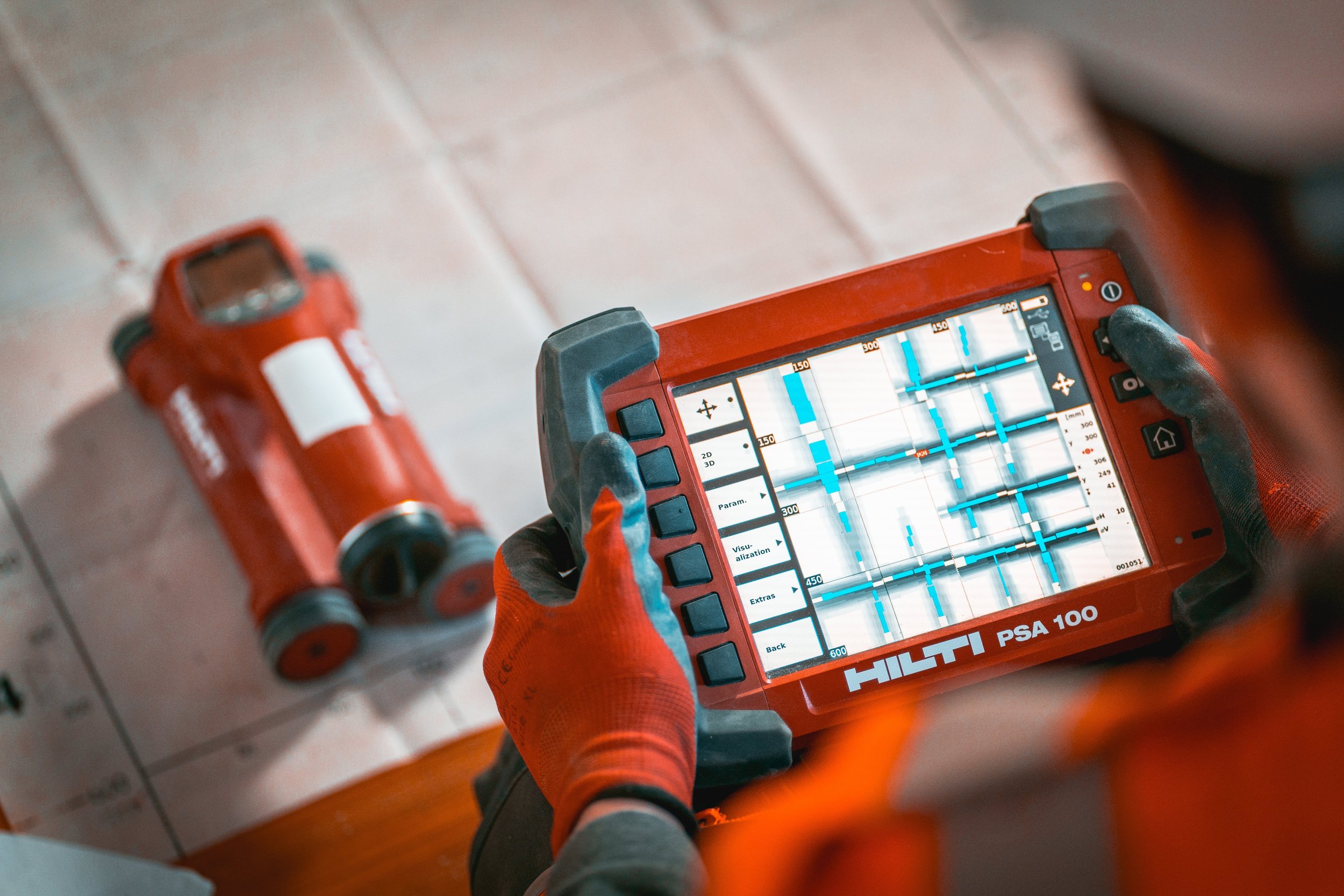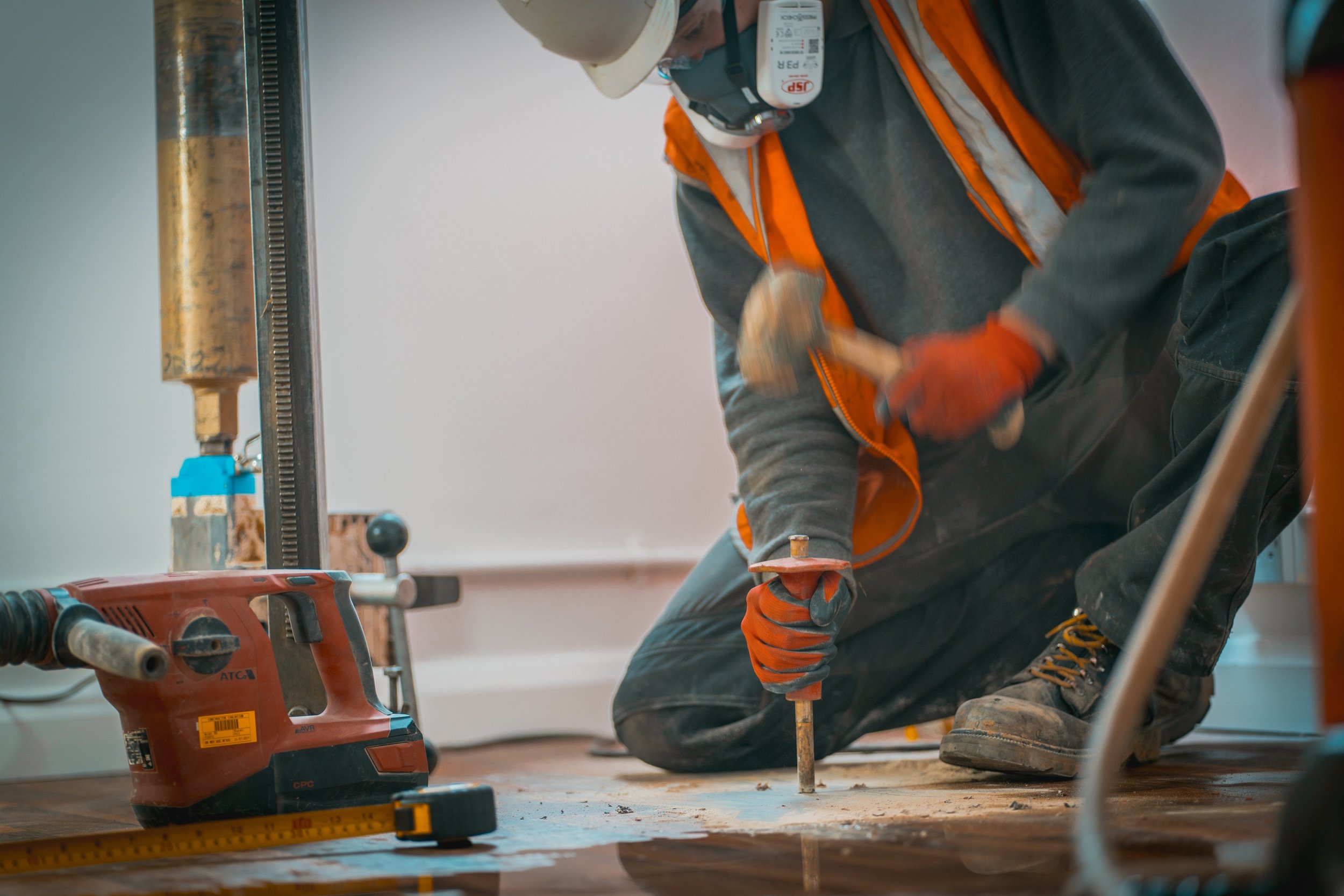
Mix Detail Analysis
Mix Detail Analysis
In the field of construction diagnostics, understanding the mix details of lime mortar, historical mortar, and their cement content is crucial for assessing the integrity of existing structures and ensuring the appropriate preservation techniques.
Lime Mortar
Lime mortar has been used as a binding material in construction for millennia, with its origins tracing back to ancient civilisations such as the Egyptians and Romans. Lime mortar is composed mainly of lime, aggregate, and water. The predominant types of lime used are hydraulic lime and non-hydraulic lime. Hydraulic limes set through a chemical reaction with water, making them suitable for damp environments, while non-hydraulic limes cure slowly, relying on carbonation. An effective lime mortar mix typically contains a lime-to-sand ratio of 1:3 or 1:4, depending on the specific performance requirements.
Key Benefits:
Flexibility: Lime mortar allows for movement in buildings, which can reduce the risk of cracking.
Breathability: Its porous nature enables moisture regulation, preventing water trapped within walls.
Sustainability: Lime is a natural material with a lower carbon footprint compared to modern cements.
Historical Mortar
Historical mortars can encompass a broad range of materials used in the construction of heritage buildings. These mortars often feature a blend of lime, sand, and may include additional materials like animal hair or pozzolanic additives that enhance durability. The analysis of historical mortars is essential in restoration projects to match the original materials, ensuring aesthetic and structural integrity.
Typical Compositions:
Lime: Often non-hydraulic, sourced from local deposits for authenticity.
Aggregate: Sand is generally used, with variations based on local availability and historical practices.
Additives: Commonly, natural pozzolans are included, which react with lime to enhance strength and longevity.
Cement Content
Cement content plays a significant role in determining the performance of both modern and historical mortars. In contrast to lime mortars, which rely on natural binding properties, hydraulic cements provide rapid setting times and high compressive strength. However, excessive cement content within historical contexts can lead to issues such as reduced breathability and increased risk of damage to a structure's substrate.
Factors Influencing Cement Mix:
Environmental Conditions: The local climate greatly impacts the choice of materials and mix ratios.
Structural Requirements: The purpose of the construction dictates the necessary strength and durability characteristics, which can influence cement usage.
Contact Us
The mix detail analysis of lime mortar, historical mortar, and cement content is pivotal for maintaining the historical authenticity and structural soundness of heritage buildings. Thorough assessments are important to ensure that any restoration or maintenance work respects the original material composition. Understanding these factors not only aids in preserving architectural heritage but also promotes sustainable building practices. Contact us if you would like further information or if you would like to discuss your requirements. Click here to read more about the other material testing services we can offer you
Our Services
Please Click on the tiles below to find out more about the services we offer
Contact Us
If you have any queries about any of our services please contact us, a member of our team will be happy to advise.






